Nationality Guinean | Occupation Djembefola Name Mamady Keita | |
 | ||
Born August 1950 | ||
Mamady ke ta kuku
Mamady Keïta (surname sometimes also spelled Keita; born August 1950 in Balandougou, Siguiri Prefecture, Kankan Region, Guinea) is a master drummer from the West African nation of Guinea. He specializes in the goblet-shaped hand drum called djembe. He is also the founder of the Tam Tam Mandingue school of drumming. He is a member of the Manding ethnic group.
Contents
- Mamady ke ta kuku
- Mamady kei ta djembefo la national theatre tokyo japan 2001
- Early life
- Career
- Discography
- Films
- Instructional videos
- Instructional CDs
- Instructional books
- Songs
- References

Mamady kei ta djembefo la national theatre tokyo japan 2001
Early life
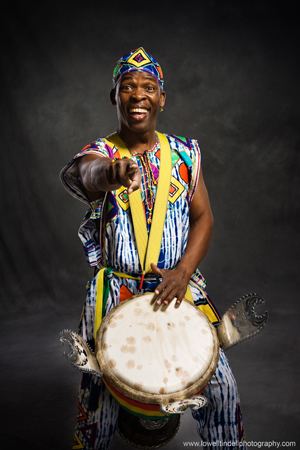
Keïta was born in the small village of Balandougou, Guinea, in the northeastern prefecture of Siguiri, near the border of Mali. His initiation to the djembe started at the early age of seven, under Karinkadjan Kondé, elder master djembefola of Balandugu, who initiated him to the secrets of the djembe. Keïta was educated in the traditions of his village, learning the history and music of the Malinke people. At the age of twelve, he became a member of the first regional federal ballet of Siguiri after Balanka Sidiki, a recruiter for the group, came to Balandugu looking for performers.
Career
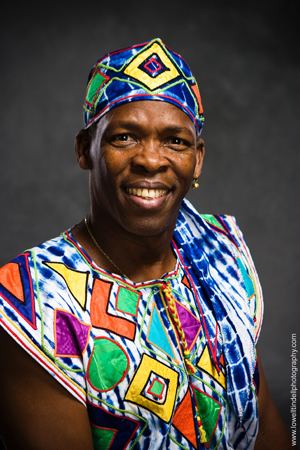
At the time, Guinea was governed by Sékou Touré, who put special emphasis on Guinean culture through live performances and a system of local, regional, and national competitions that recruited the greatest artists of the land. During the National Festival in 1964, Keïta, then aged fourteen, along with fifty other percussionists and numerous other artists, was selected by Guinea's Minister of Culture to form Le Ballet National Djoliba (The Djoliba National Ballet), which was intended to serve as a showcase for Touré's revolution in Guinea. After nine months of training, he was one of only five percussionists retained.
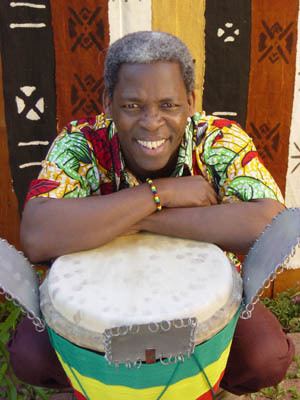
He was appointed lead soloist of Ballet Djoliba in 1965 and, in 1979, became its artistic director. He stayed with Ballet Djoliba until 1986, when he joined Ballet Koteba in Côte d'Ivoire.

In 1988, Keïta moved to Belgium where he worked as a performer and teacher. In 1991, he opened his first school Tam Tam Mandingue percussion school in Brussels, to be followed by additional schools in Europe, the US, and Asia, each run by a school director personally certified by Keïta for his/her playing skill and teaching abilities.
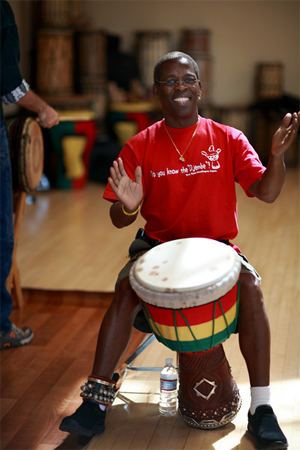
Since then, Keîta has worked as a performer with his group Sewa Kan and recorded a number of CDs. He also teaches internationally, running international workshops in Europe, the US, Asia, and Australia, as well as an annual camp in Africa. He has published a large body of djembe teaching materials on CD and DVD, as well as an instructional book.
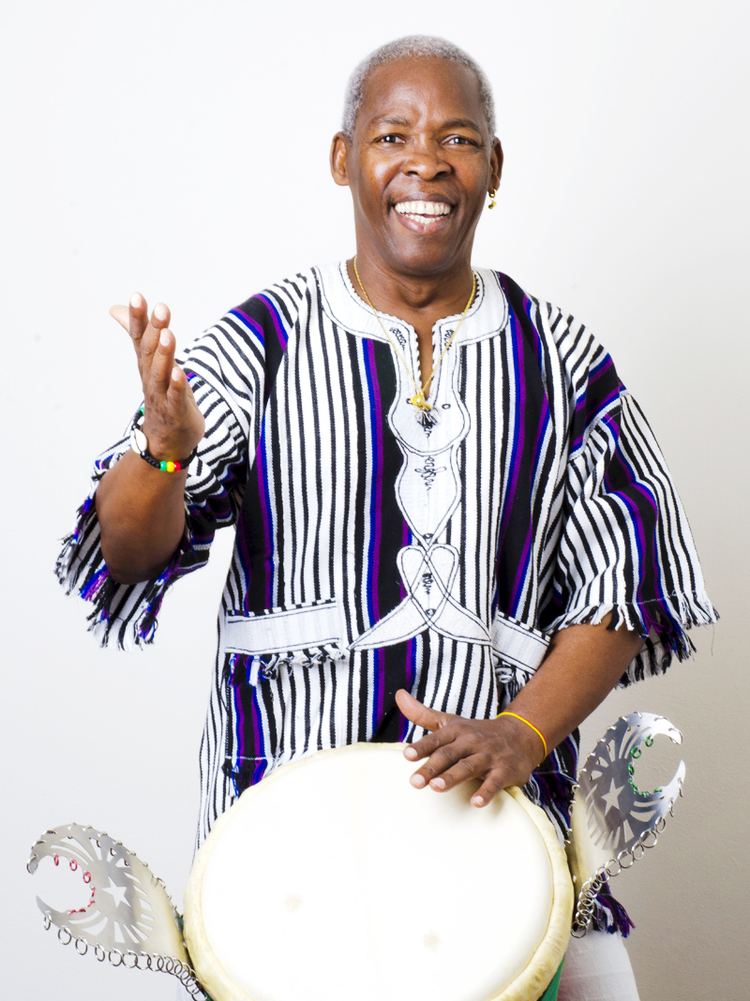
He resides in Monterrey, Mexico.
Discography
Films
Instructional videos
Djembe and dunun instructional VHS tapes, re-released in on DVD in 2011. Publisher: Djembefola Productions.
Djembe and dunun instructional DVDs for beginner, intermediate, and advanced levels.
Djembe and dunun instructional DVD, focussed on soloing technique.
Instructional CDs
Djembe and dunun instructional CDs. Each presents a Solo Original that illustrates typical solo phrases and style for the rhythm.
Instructional books
Notation for over sixty traditional rhythms. Includes historical information about the djembe, biographical notes, and a CD with demonstrations of 21 rhythms.
Notation for 25 traditional rhythms and 47 rhythms composed by Keita.
Songs
MendianiBalandugu Kan · 2001
TiribaMamady Keita & Sewa Kan Live @ Couleur Cafe · 2005
Djole
